Eager to reduce scrubbing time? Get expert advice on making easy maintenance part of your kitchen plan

Tile is a popular choice for a kitchen backsplash, but if you don’t want to spend time scrubbing grout to keep it sparkling clean, there are other options.
If you’re set on tile, pick a large-format style to minimize the amount of grout you have to clean. If you choose a glass backsplash, you won’t have to deal with grout at all, Whyte points out.
“Select materials such as Corian, quartz, steel or sintered stone [mineral and stone particles bound together with heat and pressure], which are nonporous, prevent stains and are easy to wipe clean,” Delaney says.
“Solid-surface [countertops], such as Corian, are probably the most hygienic,” Whyte says. “They have a seamless finish and therefore don’t have grooves to trap dirt. This is why you see them used in hospitals and fast-food chains.”
Where’s the best place in your kitchen for the trash and recycling bins? To ensure that cleaning up is as efficient as possible, they should be beneath the sink, Byrne says. The goal, she says, is to create “minimum distance between sink and bins, which means minimum opportunities for spills and mess.”
If you have painted walls in your kitchen, you’ll need to wipe them down more often than the walls in other rooms. Choosing a hardwearing paint finish will make this job easier.
“Use an oil-based eggshell [finish], as you can easily wipe this clean without damaging the paint,” Whyte says.
Open shelves may look attractive when beautifully styled, but they can be a high-maintenance cleaning option if you have to move dishes, books and decorative objects just to run a duster over the surface.
For a fuss-free kitchen design, Byrne recommends avoiding open shelves “that gather dust and grime” and springing for wall cabinets instead.
Drawers can be a bit of a minefield to keep tidy, with crumbs and dust sifting down to settle at the bottom. To keep on top of this, Byrne suggests lining drawers and shelves “with wipeable liner material, cut to size, to prolong the life of your units.”
Whyte agrees and suggests choosing “a melamine finish on the inside of cabinets, as it doesn’t absorb spillages like oak or walnut would.”
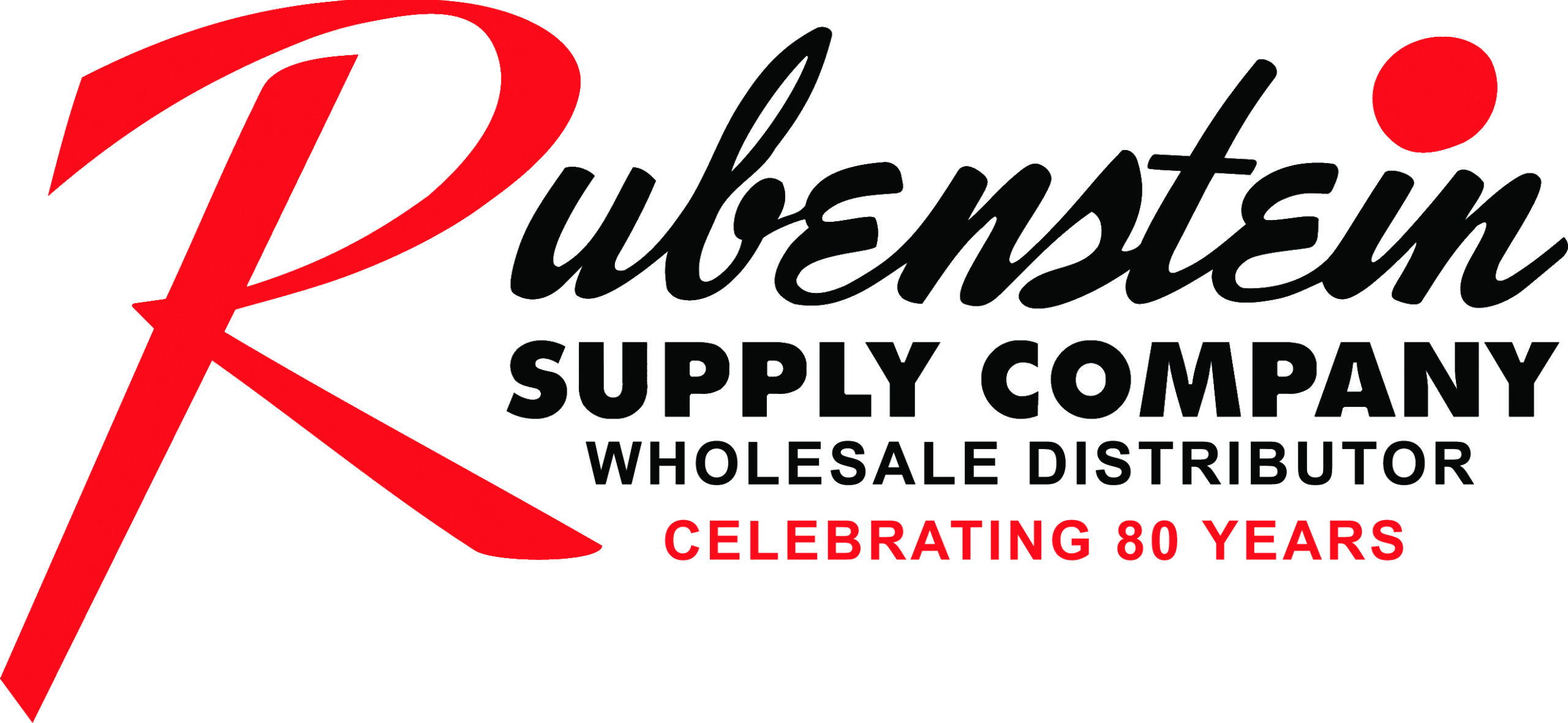

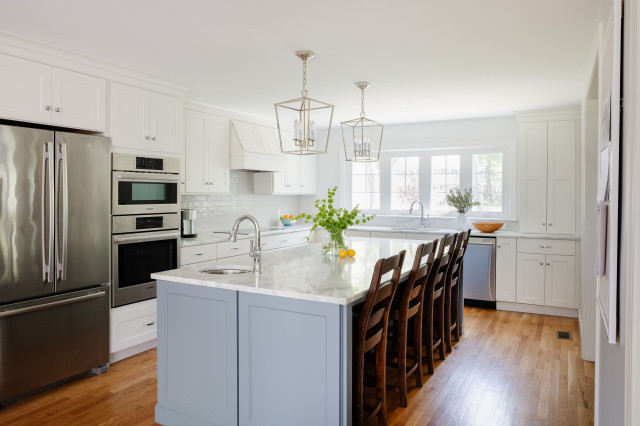

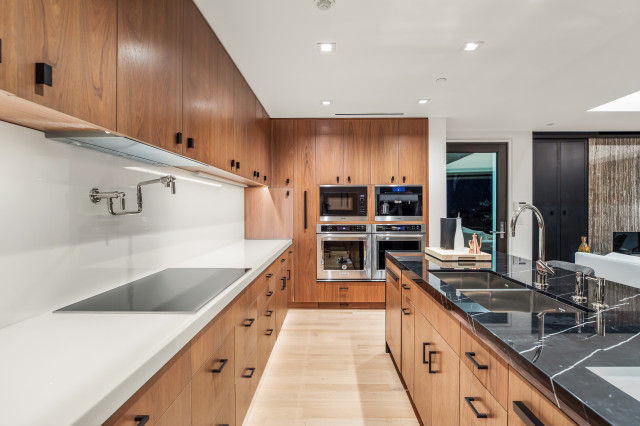



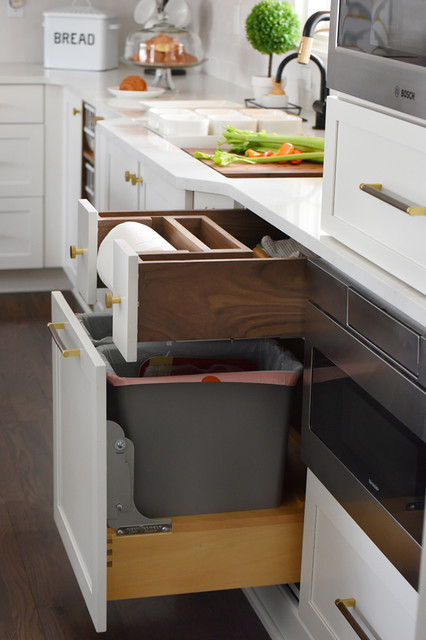




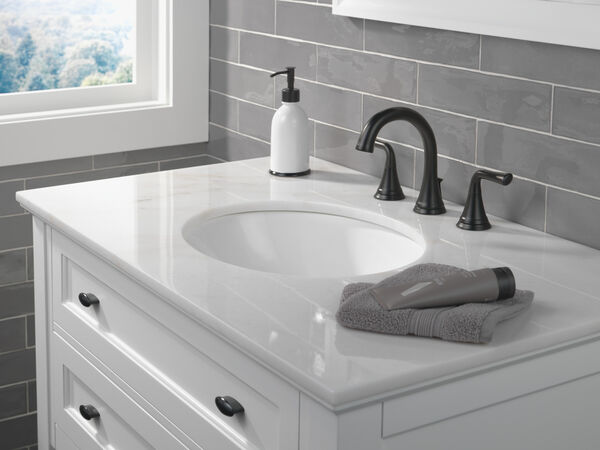
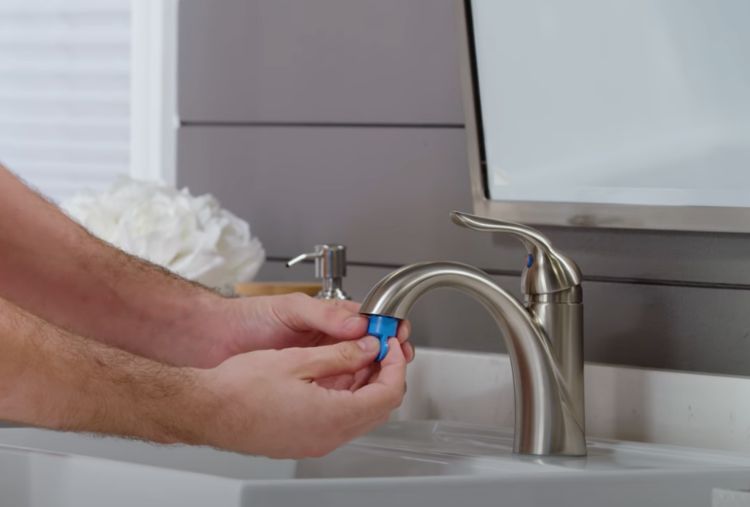
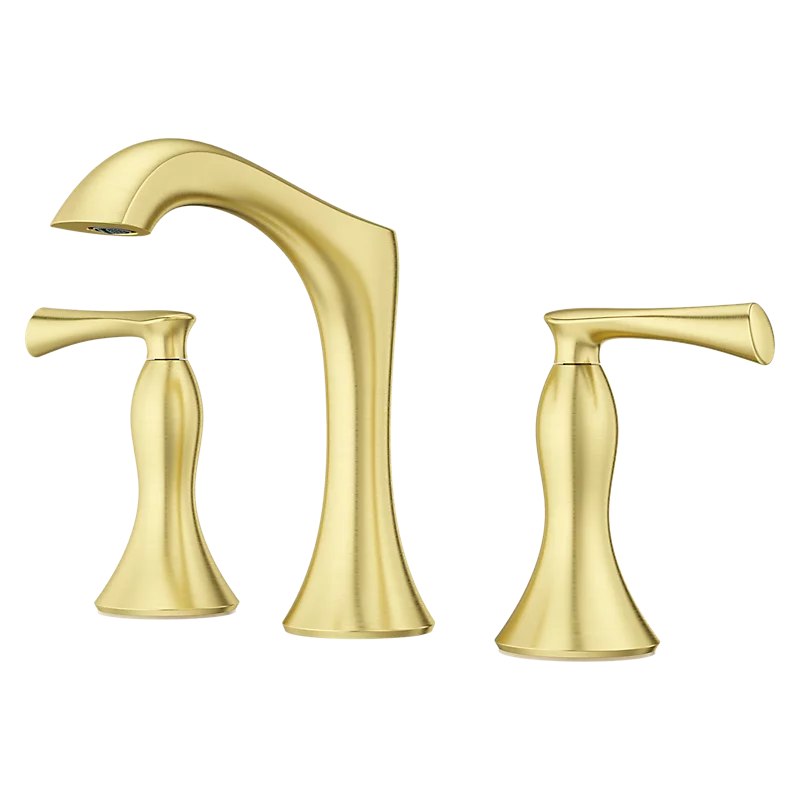
It’s understandable to be dazzled by the performance or look of a smart new kitchen appliance, but Byrne suggests that you also consider potential purchases with a view to keeping them clean. “Choose a [range] that’s fuss-free and easy to wipe down without needing any exotic lotions or solutions,” she says. “Have a good look at details, such as the knobs on your oven, to make sure there are no hard-to-get-at nooks. Knobs that are too close together mean you can’t get a cloth between them, for example.”
Whyte agrees and suggests choosing an induction cooktop, “as it’s flat, easy and safe to clean.” Furthermore, Delaney says, induction cooktops save you from having to clean the grates and other parts found on gas cooktops.